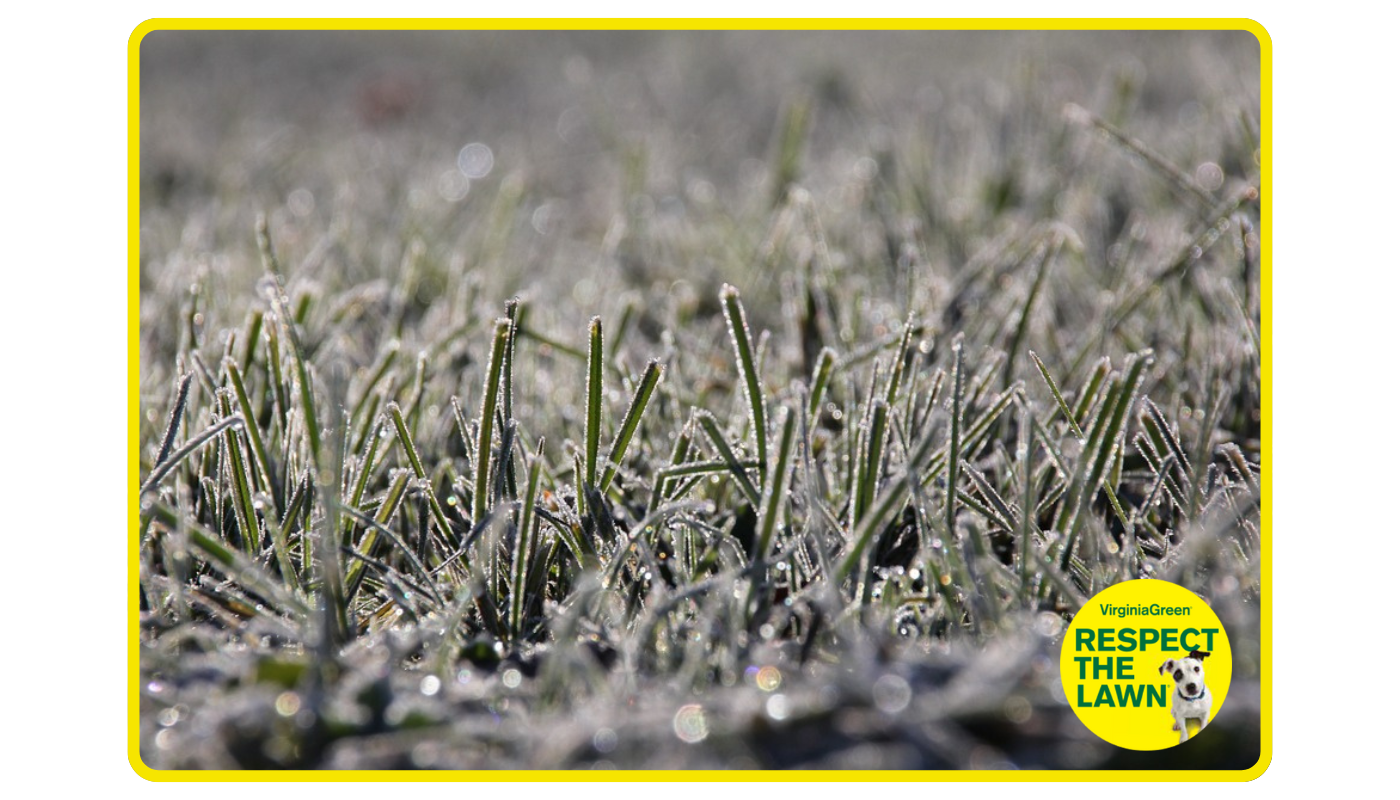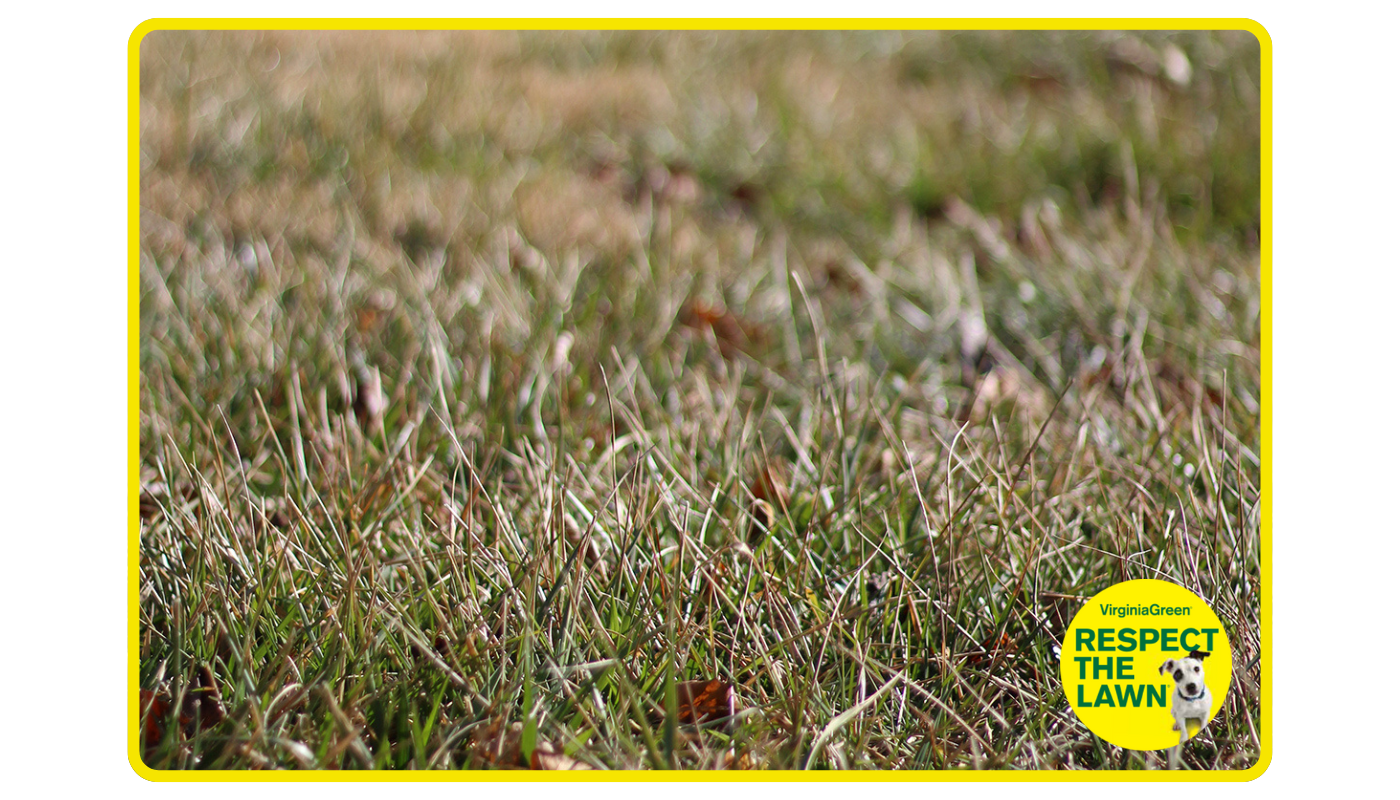Winter Lawn Care Tips in Virginia
It’s important to understand how your fescue and lawn react to the colder, windier and often snowy wintertime conditions in Virginia. Wind and cold can cause dormancy and desiccation of your lawns, turning the blades of your grass brown but not killing it. By learning more about what happens to your lawn throughout the colder months, you can properly care for it and plan to have a lush and green yard when Spring arrives!
Topics Index
- Virginia Winter Lawn Care Basics
- Understanding Fescue Grass
- Dormancy in Fescue Lawns
- Why Your Tall Fescue Looks Brown
- What Happens to Fescue When it Snows
- Winter Lawn Health Care Tips
- Professional Winter Lawn Care
- Final Thoughts
Virginia Winter Lawn Care Basics
Cold weather and blustery winds are here. What does that mean for your lawn? In Northern Virginia's climate, grasses go dormant in the winter. Shorter days and colder temperatures typically slow down grass growth and turn the lawn a tan/brown color. This will occur with all grass types including Tall Fescue.
Understanding Fescue Grass
The most common grass in Northern Virginia is Tall Fescue, a hardy, cool-season grass that is well-suited to the region's climate and does well in both sun and shade. When temperatures drop below 50 degrees, grass may go into a state of dormancy. Though the grass looks dead, it is still alive. While the grass may not need to be mowed, the roots are still actively growing and developing under the soil surface.
Winter Doesn't Mean Lawn Care Stops!
Call Today About Supplemental Services and Pre-Paying for Next Years Lawn Care.
Dormancy in Fescue Lawns
Mentioned above, dormancy occurs in lawns when air temperatures drop and grasses experience a significant slowdown in growth. Dormancy is a natural process, and essentially is the grasses way of conserving energy against adverse weather conditions. In extended periods of consistent cold weather and high winds, your grass may show signs of desiccation, giving it a dry, brown look. This desiccation does not necessarily mean your lawn is dead but it may require more care than dormant grass.
Why Your Tall Fescue Looks Brown
If your tall fescue in Virginia looks dead, fear not – it is still alive! While a brown plant may signal poor health, brown, dry looking fescue may be a sign of dormant grass. Patchy and very dry brown grass may be a sign of a high level of stress on your fescue. This stress is known as desiccation and means that your grass is browning due to moisture loss that exceeds moisture replacement. If your tall fescue is unable to restore its moisture levels whether it be from excessively cold temperatures and drying winds or a lack of moisture events, desiccation will ultimately be the main cause of your plants brown, dry color. Desiccation differs from dormancy in that dormancy is a natural state for lawns in colder temperatures and desiccation is "damage" of lawns.
What Happens to Fescue When it Snows
Exchanging the green of lawns for a blanket of white snow can be a welcome sight in the winter months, especially around the holidays. But what happens to fescue grass when it snows? Believe it or not, snow is a good thing for your fescue lawn. Snow acts as an insulator for your lawn, trapping soil temperature and keeping it warm under the snow’s surface, protecting leaf blades from colder air temperatures. This barrier of snow helps keep your lawn green underneath!
Winter Health Care Tips
To keep your grass healthy in Northern Virginia:
- Fertilize to continue to feed roots and help maintain color over winter months.
- Avoid walking on frosted or frozen turf as to not damage the grass. Repeated damage may cause thinning of the turf.
- Try to keep holiday decorations in mulch beds or non-turf areas to avoid smothering growth.
- Remove Christmas lights as needed to avoid smothering growth and to allow grass to receive adequate sunlight.
Professional Winter Lawn Care
While DIY lawn care can yield good results, the cold and windy winter conditions of Virginia often require professional expertise. A local lawn care provider, like Virginia, understands the soil profiles, climate challenges, and seasonal timing unique to this area. Year-round professional services can also include fertilization programs, targeted weed control, aeration, and pest management—all customized for your lawn.
Final Thoughts
Your lawn can thrive in the winter when given the right combination of care. By following a seasonal lawn care plan, you can wake up on a winter morning knowing that you will have a vibrant, healthy lawn in the warmer months ahead.
Ready to transform your lawn? Contact us today to schedule your customized lawn care program at one our locations.
Ready to Transform Your Lawn This Winter?
Visit our Virginia locations and get started with a customized lawn care program.


